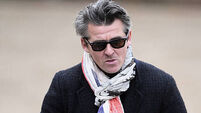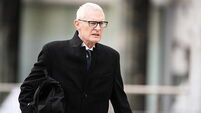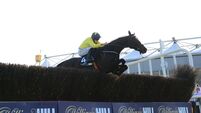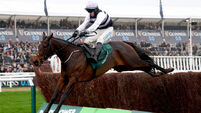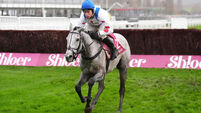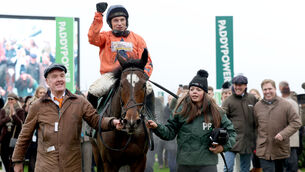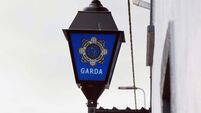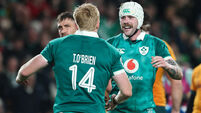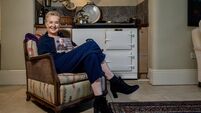A memorable ride
He didn't rattle the reins or frantically flap his legs, even if he was behind a wall of horseflesh as he entered the home stretch.
Shoemaker sat so still on a moving thoroughbred that when he first came on the scene in California in 1949, track officials worried about the impression he gave: This kid, they said, looks like he's stiffing his horses.

